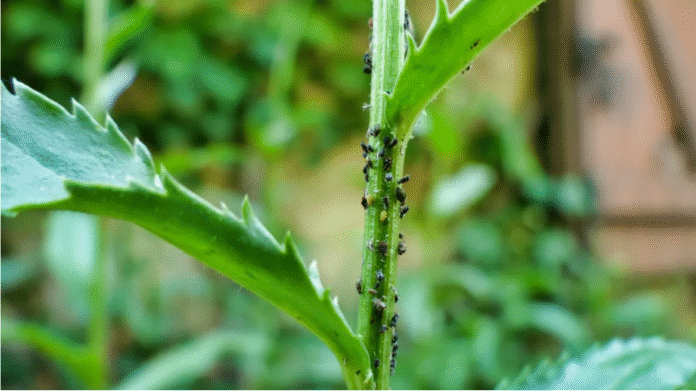You might think it’s just another pretty plant with bright yellow flowers, but this tropical shrub has a long history in traditional wellness practices. Known in some regions as Senna alata or candlestick plant, it grows easily in backyards and gardens across tropical climates. While it may look ordinary, people around the world have used parts of this plant for centuries to support digestion, ease inflammation, and promote better circulation.
Let’s explore what makes this plant special and how it may offer natural support for your health.
What Is Senna Alata?
Senna alata is a fast-growing shrub with large, dark green leaves and tall spikes of golden-yellow flowers. It’s also called
• Candle bush
• Empress candle plant
• Ringworm cassia
This plant is native to Central and South America, but now grows in tropical areas worldwide. While it’s most often admired for its bright blooms, its leaves and pods are used in traditional remedies.
Important note Always consult a healthcare provider before using any plant medicinally.
1. May Help Support Digestive Health
Senna species are widely known for their natural laxative effects. While Senna alata is not as commonly used as Senna alexandrina (found in many over-the-counter teas), it has been traditionally used to ease occasional constipation and support gentle elimination.
How it may help
• Encourages regular bowel movements
• May ease mild bloating or sluggish digestion
• Supports detox through the digestive tract
How it’s used traditionally Dried or crushed leaves steeped in hot water for a short period
2. Traditionally Used to Soothe Skin Conditions
One of the most common traditional uses for Senna alata is topical. Its leaves are often made into pastes or ointments to help relieve skin discomfort, especially conditions like ringworm, rashes, or insect bites.
Why it may help
• Contains natural compounds with antifungal properties
• May ease irritation or itching
• Used in folk medicine to treat skin inflammation
Reminder Always patch test first and avoid applying unprocessed plant parts to open wounds.
3. May Reduce Mild Swelling and Support Circulation
In some traditional systems, parts of this plant have been used to help reduce swelling or discomfort related to poor circulation.
Possible wellness benefits
• Promotes healthy blood flow
• May help ease the feeling of “heavy legs”
• Often paired with massage or herbal compresses
While more research is needed, early studies suggest that the plant’s antioxidant content may help counter free radical damage, which is associated with inflammation.
4. Contains Antioxidant-Rich Compounds
The leaves and flowers of Senna alata contain bioactive compounds like flavonoids and anthraquinones, which may act as antioxidants in the body.
Why antioxidants matter
• Help neutralize free radicals
• Support healthy aging
• May play a role in heart and skin health
Including antioxidant-rich herbs in your diet or wellness routine may support your body’s natural defense systems.
5. May Be a Hidden Opportunity for Herbal Entrepreneurs
Because of its traditional uses and growing popularity in natural wellness circles, this plant is starting to gain commercial interest. Some herbal skincare brands and digestive teas are beginning to feature Senna-based products, especially for topical and digestive support.
If you have access to this plant in your region, it could become a valuable part of a small herbal business or garden project—just be sure to check local regulations before harvesting or selling any botanical product.
How to Use It Safely
• Avoid excessive internal use Senna plants can be strong and may cause cramping if overused
• Talk to your doctor if you are pregnant, nursing, or taking medication
• Start with topical or diluted tea forms for gentle use
• Do not use in children unless recommended by a qualified healthcare provider
Final Thoughts
That vibrant yellow plant growing quietly in your garden might be more useful than you ever imagined. Senna alata has a long history in traditional medicine, especially for digestive and skin-related support. While modern research is still catching up, its potential makes it worth exploring—with care and guidance.
Know someone who grows this in their yard? Share this with them
Follow our page for more surprising natural wellness ideas
Disclaimer This article is for informational purposes only and does not substitute medical advice. Always consult a licensed healthcare provider before using herbs or supplements.
